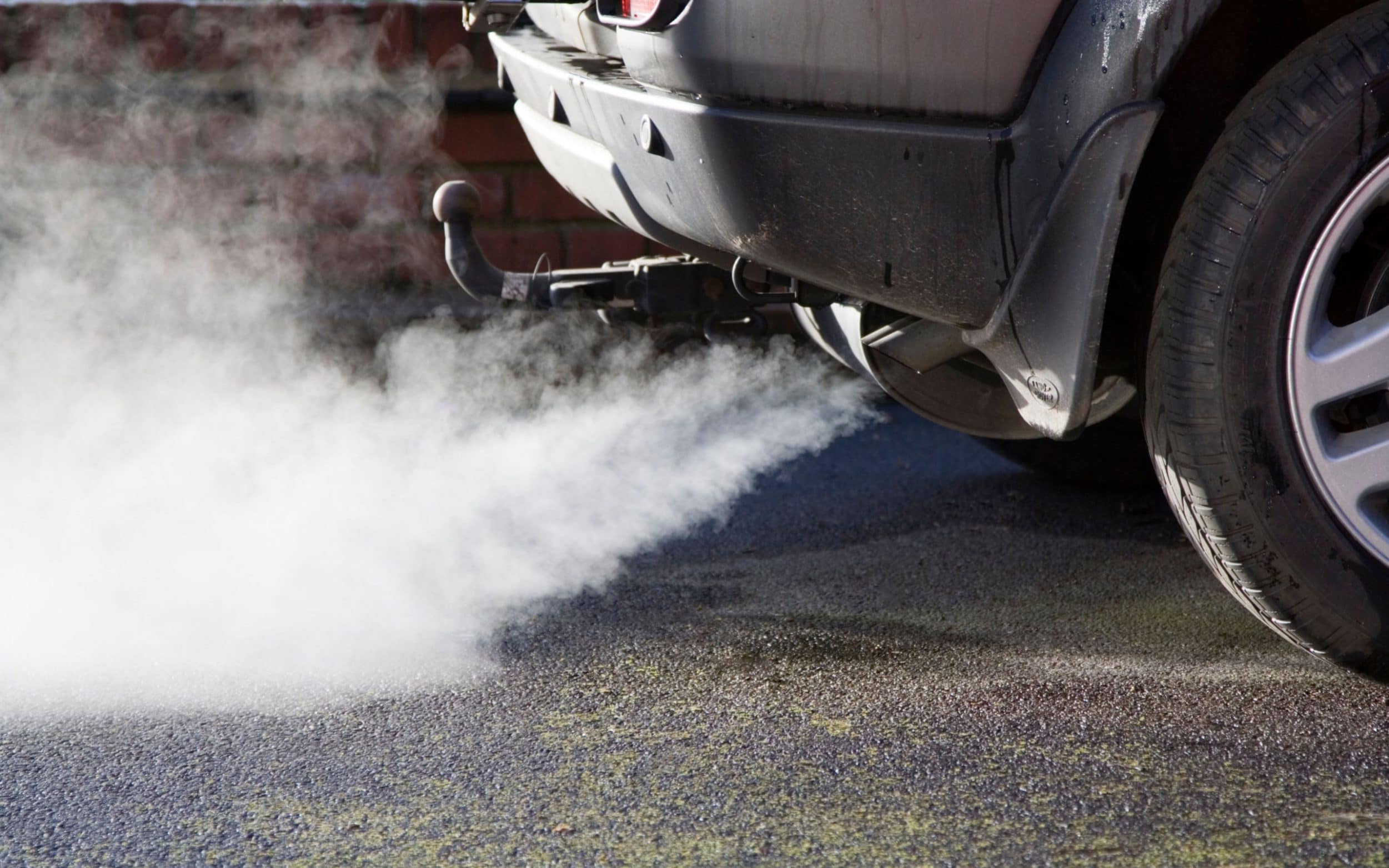Founded in 1894 as E. Maritz Jewelry, the company got its start as a wholesaler and manufacturer of fine jewelry and engraved watches. Better known today as Maritz, the company is now a leader in sales and marketing services that designs and operates employee recognition and reward programs, sales channel incentives and customer loyalty programs. Despite the shift in direction, Maritz has remained committed to doing their part for the environment and air quality by reducing waste, water consumption, power usage and paper dependence to help future generations thrive.
Maritz was a proud participant in the 2021 St. Louis Green Business Challenge, shifting focus from their St. Louis-based Green Team to a more hybrid Green Team that incorporated its field offices and remote workers using Microsoft Teams. During the 2021 Challenge, Maritz earned the esteemed title of Challenge Champion for completing work with the Leader scorecard and committing to continued implementation of deeper sustainability strategies.
“I am amazed at the adaptability that the St. Louis Green Business Challenge has displayed during the COVID-19 crisis,” said Chuck Winkle, Maritz Green Team Board Member. “Businesses changed radically and the Challenge team at the Missouri Botanical Garden responded with innovative methods that allowed the participants to still make improvements.”
Within the local Maritz facilities, the company worked to replace all existing natural draft gas boilers with newer condensing hot water boilers, which allowed for a 17% increase in overall energy efficiency, improving from 80% to 97%. At the St. Louis headquarters, Maritz also entered into the planning phase for a construction project to repurpose a vacant 35,000 square-foot building into a multi-purpose green space. Moreover, the replacement building will save the company on average 20,000 therms per year.
Beyond these impressive accomplishments, Maritz partnered with Greg Cooksey at Midwest Recycling Center (MRC) to organize an e-Waste recycling event last spring. In all, the City of Fenton and Maritz collected over 15 tons of equipment that was diverted from landfills. The event was deemed a huge success and collected the third largest amount of electronic waste over the past 12 years of hosting it.
Last but not least, Maritz Motivation – a division of Maritz that works with marketing, human resources, sales and channel marketing executives to provide consumer loyalty, channel loyalty, employee engagement and sales incentive solutions to Fortune 100 companies – began offering clients eco-friendly options for the Client Fulfillment and Mailing Services division. This included upcycled, dissolvable and recycled materials for containers, packing materials and communications.
The Clean Air Partnership is pleased to recognize the efforts of businesses such as Maritz that continue to take action for cleaner air by channeling their time and energy towards practicing sustainability. For additional information on how your company can get involved in the St. Louis Green Business Challenge, subscribe to their weekly E-Newsletter, or visit www.stlouisgreenchallenge.com. To learn more about the link between sustainability and air quality, explore our website, like us on Facebook, or follow us on Twitter at @gatewaycleanair.



